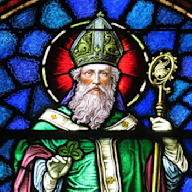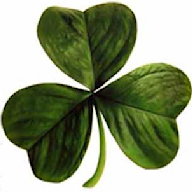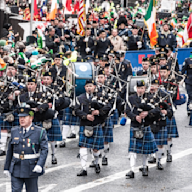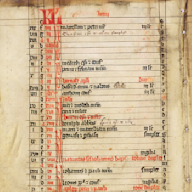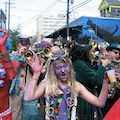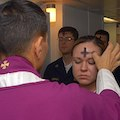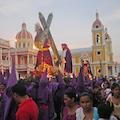Search results
Saint Patrick's Day, or the Feast of Saint Patrick (Irish: Lá Fhéile Pádraig, lit. 'the Day of the Festival of Patrick'), is a religious and cultural holiday held on 17 March, the traditional death date of Saint Patrick (c. 385 – c. 461), the foremost patron saint of Ireland.
Oct 27, 2009 · Learn about the origins, meaning and traditions of St. Patrick’s Day, the Irish patron saint and national apostle. Find out how the holiday is celebrated in different countries and cultures, from parades and shamrocks to green rivers and soda bread.
St. Patrick’s Day is the feast day of St. Patrick, a patron saint of Ireland. Originally celebrated with religious feasts and services, St. Patrick’s Day became a secular celebration of Irish culture when it reached the United States alongside Irish immigrants.
Learn about the origins, symbols and customs of St. Patrick’s Day, a holiday that honors the patron saint of Ireland and celebrates Irish culture. Find out who was St. Patrick, why we wear green, and how parades and shamrocks became part of the celebration.
Saint Patrick's Day, considered his feast day, is observed on 17 March, the supposed date of his death. It is celebrated in Ireland and among the Irish diaspora as a religious and cultural holiday. In the dioceses of Ireland, it is both a solemnity and a holy day of obligation . Sources.
Feb 1, 2019 · Learn about the origins and customs of St. Patrick's Day, a cultural and religious holiday celebrated on March 17. Find out who was Saint Patrick, how corned beef and cabbage became a staple, and why we wear green.
May 9, 2024 · St. Patrick (flourished 5th century, Britain and Ireland; feast day March 17) was the patron saint and national apostle of Ireland. He is credited with bringing Christianity to Ireland and was probably responsible in part for the Christianization of the Picts and Anglo-Saxons.

